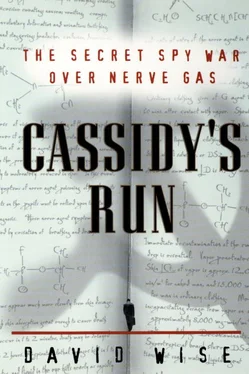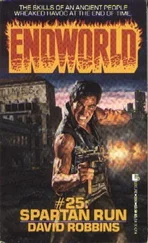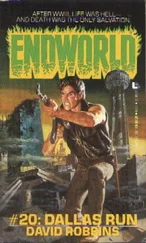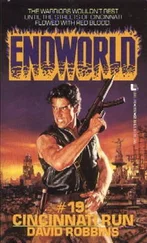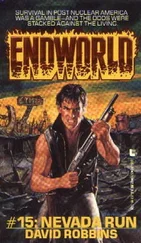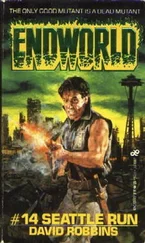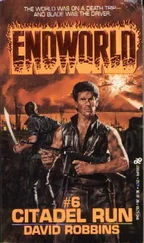Mrs. Joseph Edward Cassidy
On the occasion of the retirement of her husband from active duty with the United States Army has earned the Army’s grateful appreciation for her own unselfish, faithful and devoted service. Her unfailing support and understanding helped to make possible her husband’s lasting contribution to the nation. Given under my hand this 2nd day of January 1974 Creighton W. Abrams (signature), General, United States Army, Chief of Staff.
After Abrams pinned on the medal and congratulated the Cassidys, the five FBI agents lined up behind Cassidy and his wife for an official photograph. Everyone was smiling.
Except for that brief moment when the picture was taken, there was no way that Cassidy could be allowed to wear his decoration; if seen, it might endanger the security of the entire operation. As soon as the secret ceremony was over, General Abrams took the medal back.
Cassidy, accompanied mostof the time by Marie, and Beau, their miniature poodle, began spying on military bases around the country for the GRU and writing detailed reports for the Russians on what he found. First, however, he sent the reports to the FBI. “They would screen them and tell me what I could give to the Russians.” The bureau provided him with a per diem allowance for his expenses on the road. Although Marie Cassidy did not make the drive to Dugway, she was at her husband’s side as he reconnoitered the bases at Key West, Charleston, and Slidell, Louisiana.
As a retired career military man, Cassidy, as he had explained to the Russians, had a sticker on his car that gave him access to any base in the country, whether army, navy, air force, or marine. He, Marie, and the dog could drive right in.
Cassidy used the special carbons that the Russians had supplied to record his observations in secret writing. When done, he steamed the pages to seal in the chemicals, then folded them several times to make them as small as possible in order to fit inside the fake rocks he passed to the Soviets.
Cassidy had already demonstrated that he was a good actor, and his handwritten memos proved him a good reporter as well, with a clear writing style and a trained eye. His report from the air force base at Charleston was a typical example.
The 437th Military Airlift Wing of the Military Airlift Command is stationed here. Inquiries revealed they provide airlift services, combat equipment and troops, to all parts of the world for all of the Dept. of Defense. They employ C-141 Starlifters but I did see a few other types of planes. Takeoffs and landings were numerous throughout the days I was there—so much so I thought there must be a training mission also but could not confirm.
There are about 8000 military and civilian personnel assigned. I roamed the base at will but found no ammo dumps. About 8 miles southeast of this base (see #2 on map), I located a U.S. Navy base…. I saw 10–15 large warships, several large landing crafts, at least 3 submarines which I was told were nuclear powered. These ships were anchored on the Cooper River. The roadway on the Cooper River side was fenced the entire length and all entrances to this area manned by guards…. A badge was required to gain admittance to any area on this side of the road.
Signs on buildings and fence of this area read “Mine Assembly Group” “Fleet and Marine Warfare Training Center” “Missile Submarine Training Center” “Submarine Squadron Four” “Nuclear Material Supply Center” and “Mercury Exclusion Area.”
Eight miles north of the base, Cassidy’s report continued, he found an installation with a sign at the entrance that read POLARIS MISSILE FACILITY ATLANTIC. He added: “I could not gain admission to this place but could only see large administration building and a few smaller buildings within…. A military shopping area was located for the next ½ mile and was outside fenced area.” Nearby, he reported he saw a sign for the General Dynamics Corporation, “indicating government contractors were active in the area.”
Next, Cassidy came upon a nearby naval weapons facility. “I proceeded to this facility and [in] about ½ mile I came to the guard gate (see #6 on map). Because of the military sticker on my car I am never questioned on entering a military base,” Cassidy reported. “But at this one I was stopped and asked the nature of my business.”
Now, for the first time on his trip, Cassidy was in a potentially tight spot. He knew he might have had some difficulty explaining matters. Well, you see, I’m a Russian spy, but I’m not really a Russian spy, because I’m actually working for the FBI, and no, I have no way to prove what I’m saying, but please, fellows, I’m not making this up, you’ve got to believe me . Cassidy also knew it might be a trifle awkward to explain away the map in the car on which he had pinpointed the location of every military base for miles around.
He need not have worried; security was loose as a goose. “I did not identify myself,” he wrote, “but explained I happened to be in the area and would like to see the base. He waved me through.” With a sigh of relief, Cassidy drove through the gate. Inside, “there were several guarded roads leading to interior of this area. As I left the facility returning to Route 52 I noticed the whole length of the south side of area along road was fenced and signs reading ‘Gov’t Property’ (See #7 on map). About 1½ miles there was a gate with guard shacks inside and sign reading ‘Munitions Trucks Entrance.’ There was some activity inside and several Navy pickup trucks were observed…. On one fence was sign ‘Group 8.’”
At Slidell, Cassidy had disappointing news for the Soviets, who had hoped he would find evidence of a clandestine nerve-gas storage area. There were no signs of the kind that warned “No Admittance—Gov’t Property,” and he added, “The whole area seemed a very unlikely place for 20 semi-underground repositories.” At Dugway, Cassidy had reported seeing the mounds with pipes sticking up out of them. There were no mounds at Slidell, nor did the base have roads of the sort that the army might use for transporting a cargo as delicate as nerve gas. “The road to the city airport, dump and golf course is one of the better ones in the area,” Cassidy reported, “but it is partially dirt and all chuck-holes.”
As a consolation prize, Cassidy told the GRU that he found a Slidell Computer Complex that belonged to NASA and was completely fenced and protected by uniformed guards. “About 200 cars in parking lot,” Cassidy noted.
On April 20,1974, Cassidy was back in New York City for the second time. He drove to a drop site and put down a hollow rock containing reports of his trips to military bases in Florida. At 4 P.M., he met Oleg Likhachev in front of a radio repair shop on East 233d Street in the Bronx. As the two walked along the street, Cassidy filled Likhachev in on the results of his reconnaissance. Likhachev asked Cassidy a lot of rapid-fire questions, whether he had obtained civilian employment with a printer, where he was hiding material from his wife, and what bases he would travel to next.
After their meeting, Cassidy went to pick up the rock the Soviets had hidden near the New York Botanical Garden. Cassidy began walking north on Webster Avenue toward the rock, which was secreted in a space between a garage wall and the end of a fence. As he did so, something spies always fear seemed about to happen.
Just as Cassidy approached the drop site, a little girl leaned over and reached for the rock. Dead drops are not foolproof; there is always a chance that someone will pick up one of the hollow rocks and discover its contents. The little girl almost had the rock in her grasp when her mother shooed her away.
Читать дальше
